Did you know every year, on 31st May, the World Health Organization (WHO) and global partners celebrate World No Tobacco Day (WNTD). The purpose of this yearly campaign is to raise awareness about the harmful and poisonous effects of using tobacco and exposure to second-hand smoke. It aims to discourage the use of tobacco, in any form. The theme for World No Tobacco Day, this year, is “tobacco and lung health” and we got in touch with Dr Jyoti Wadhwa, Director in the Department of Medical Oncology at Medanta, The Medicity, Gurgaon to answer some really important questions about the harmful effects of tobacco. Read on to know more
Doctor, tell us about yourself and your practice.

I am a medical oncologist, i.e. I treat cancer patients with medicines
(chemotherapy, hormonal therapy, targeted therapy & immunotherapy etc.). Currently, I am the Director in the department of medical oncology at Medanta The Medicity hospital, Gurgaon. I have been trained at AIIMS New Delhi and am also a Commonwealth Scholar from Imperial College School of Medicine, London, UK.
31st of May, every year, is the World No Tobacco Day. Even though people have a fair idea, but tell us how is tobacco harmful.
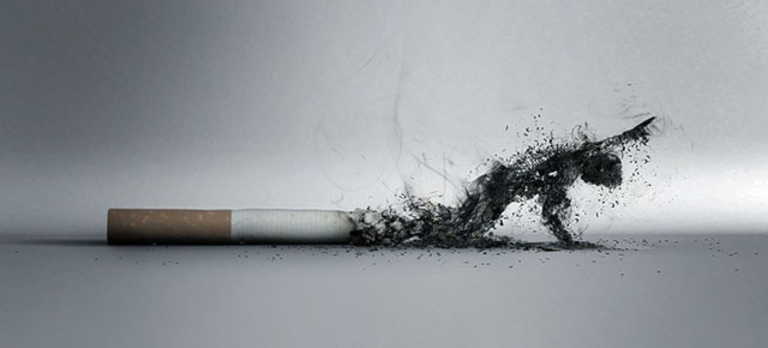
Tobacco is a proven cause of a number of diseases globally. Non-communicable diseases (NCDs) account for approximately half of all deaths in India and a large proportion of these NCDs can be attributed to tobacco alone. The link between cardiovascular diseases and cancer is the strongest and well documented. India alone has about 274 million tobacco users. Smoking kills 2500 Indians every day. According to the Global Adult Tobacco Survey of India, tobacco use is prevalent in 35% of all Indian adults in some form. Its use is more prevalent in men. Even 12.5 per cent of all
teenagers use tobacco in some form or another in India.
What all problems and diseases can it lead to?
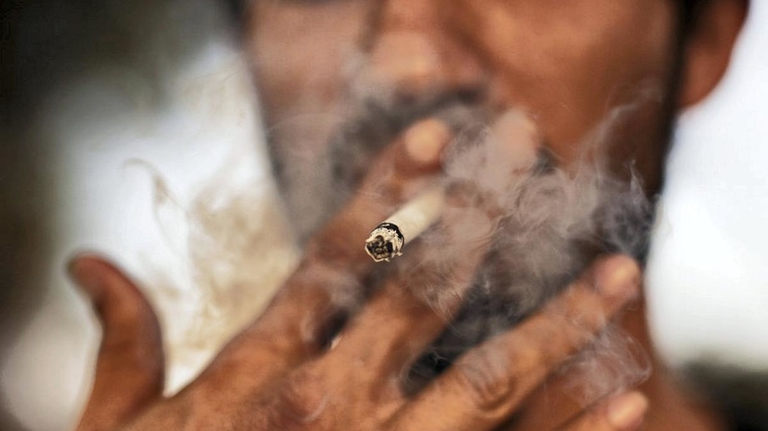
Tobacco leads to obstructive airway disease, heart disease, stroke, peptic ulcer and sudden cardiac death. It is also a cause for dental decay, increased bone loss, reduced fertility, birth defects in newborn babies, cataract, and premature ageing. Its use increases the risk of many forms of cancers, including cancer of the lung, head and neck, oesophagus, stomach, pancreas, kidney, urinary bladder, cervix and even a type of blood cancer. It is responsible for almost 50% of all cancers in men and 25% of all cancers in women, in India.
The life expectancy of smokers is at least 10 years shorter compared to non-smokers. In addition, tobacco harms not only the person who smokes it but also those around that person. These passive smokers are also at increased risk of cancer and cardiovascular events. Children exposed to second-hand smoke at home are more likely to suffer from cough, colds, sore throat, ear infection and possibly cardiovascular disorders and cancers as an adult. Thus there is a huge scope of preventing a large number of diseases just by quitting tobacco, thereby reducing the economic, physical and social burden from tobacco-related diseases.
Most people believe sheesha/hookah is not as harmful as cigarettes, is it true?
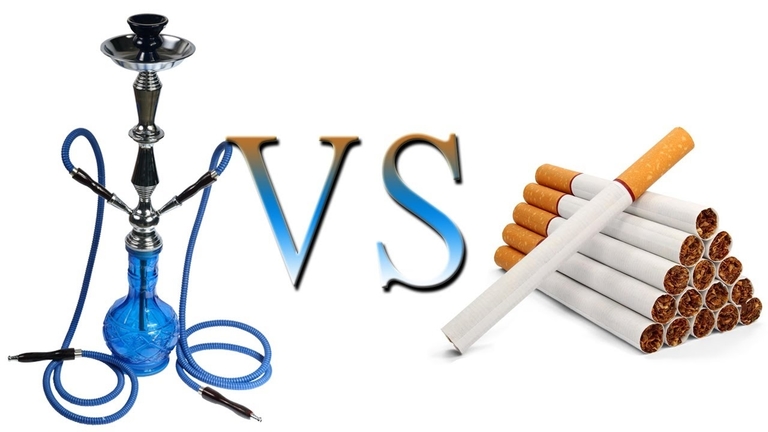
Tobacco is available in 2 forms- smoking and smokeless forms. Cigarette, bidi, cigar, hookah, sheesha, etc. are the smoking forms. Smokeless tobacco use is more prevalent in Indian women. Smokeless or chewable tobacco is available in form of paan, khaini, snuff, ghutka and paan masala etc. All these forms are harmful. More than 4,000 different chemicals have been found in tobacco. And more than 60 of these chemicals are known to cause cancer. Nicotine in addition leads to addiction to tobacco.
What can be done to control the tobacco menace?
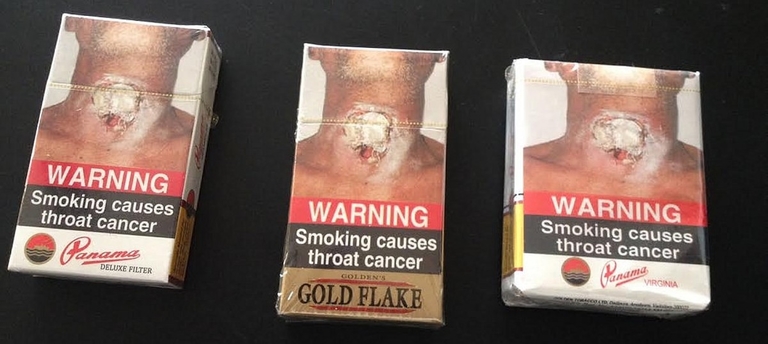
All stakeholders – government, public, doctors and even industry have to work together to control the tobacco-related disease epidemic. There are various measures which can be taken at Government and personal level for effective tobacco control. Some of them include substantially increasing taxes on all tobacco products, treatment of tobacco dependence, efforts at raising the level of public awareness about harmful effects of tobacco, prominent display of pictorial warnings on tobacco products etc. The economic cost of tobacco-related diseases is 5 times more than the excise tax revenue from tobacco in India. So there is no justification in not implementing measures aimed at tobacco control.
Doctor, what is your message to the public on this World No Tobacco Day?
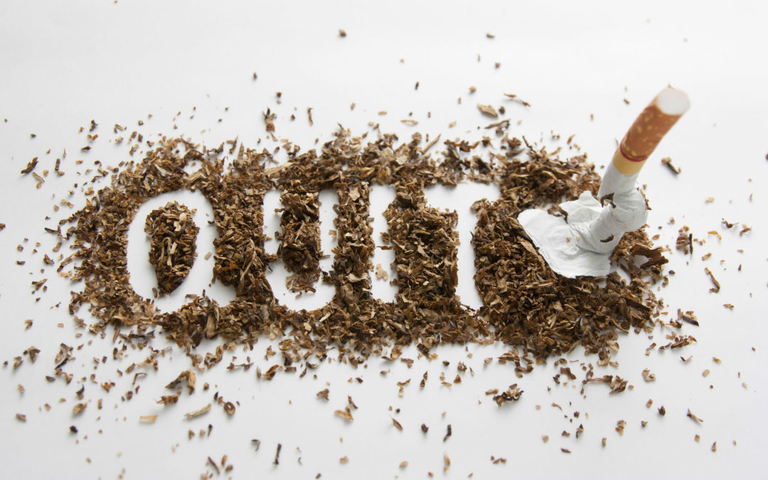
I want to convey that tobacco is harmful in all forms and quantities. Persons who quit the habit before 35 years of age benefit the most but it is never too late to quit. As responsible citizens of the global community, we have a responsibility towards ourselves and other members of society. One must choose life over tobacco and make each day a no tobacco day!
So, people, let’s pledge to quit tobacco for good and choose life this World No Tobacco Day.
Featured Image Source: NetDoctor




